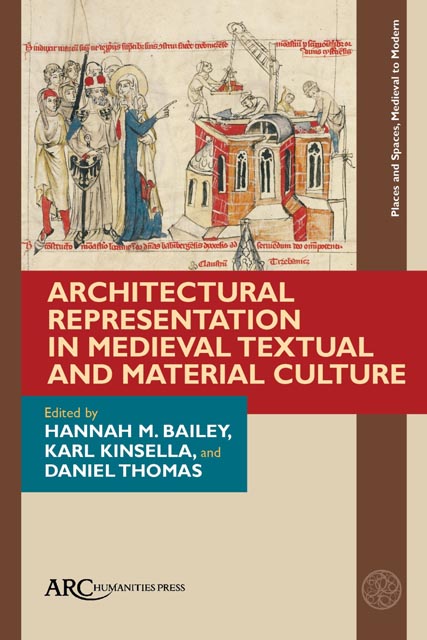
-
The digital format of this book is no longer available to purchase from Cambridge Core. Other formats may be available.
-
Select format
-
- Publisher:
- Amsterdam University Press
- Publication date:
- Invalid date
- February 2023
- ISBN:
- 9781802700008
- Dimensions:
- Weight & Pages:
- Dimensions:
- Weight & Pages:
- Subjects:
- Art: General Interest, Art
You may already have access via personal or institutional login- Subjects:
- Art: General Interest, Art
Book description
Exploring the work of writers, illuminators, and craftspeople, this volume demonstrates the pervasive nature of architecture as a category of medieval thought. The architectural remnants of the past - from castles and cathedrals to the lowliest village church - provide many people with their first point of contact with the medieval period and its culture. Such concrete survivals provide a direct link to both the material experience of medieval people and the ideological and imaginative worldview which framed their lives. The studies collected in this volume show how attention to architectural representation can contribute to our understanding of not only the history of architectural thought but also the history of art, the intersection between textual and material culture, and the medieval experience of space and place.
Contents
Metrics
Full text views
Full text views help Loading metrics...
Loading metrics...
* Views captured on Cambridge Core between #date#. This data will be updated every 24 hours.
Usage data cannot currently be displayed.
Accessibility standard: Unknown
Why this information is here
This section outlines the accessibility features of this content - including support for screen readers, full keyboard navigation and high-contrast display options. This may not be relevant for you.
Accessibility Information
Accessibility compliance for the PDF of this book is currently unknown and may be updated in the future.

